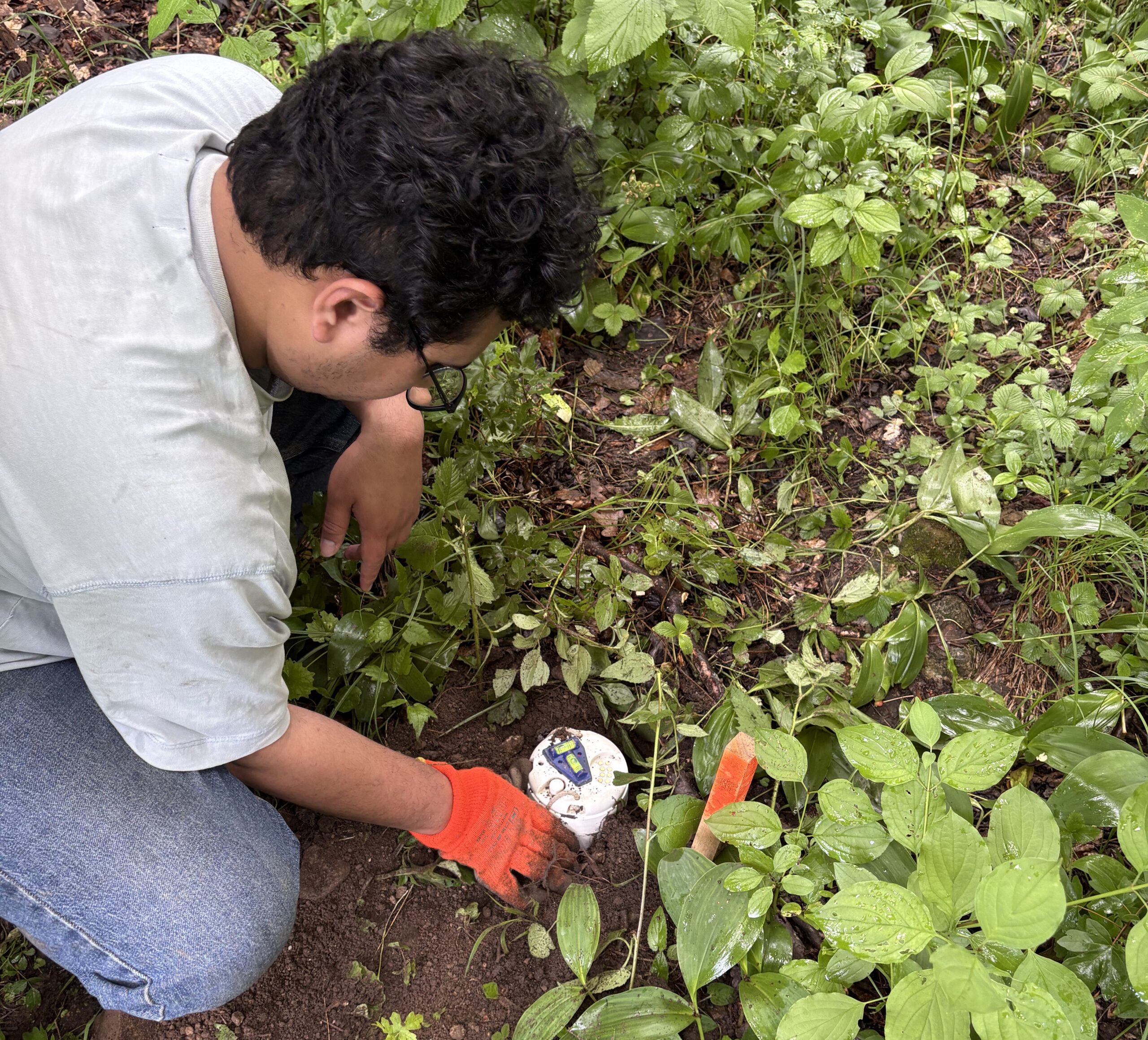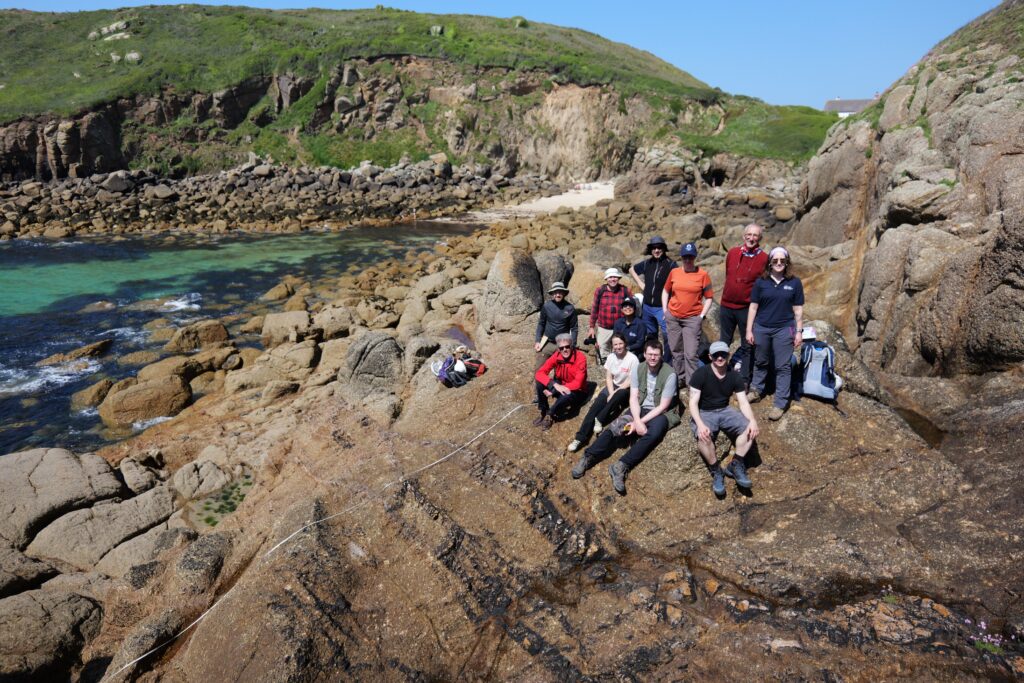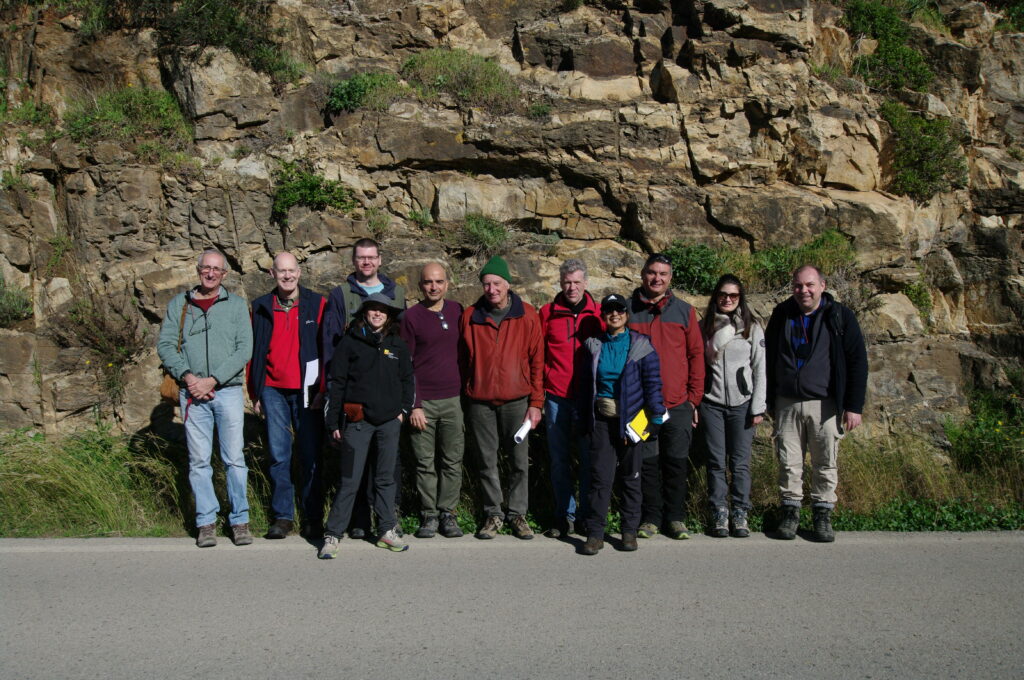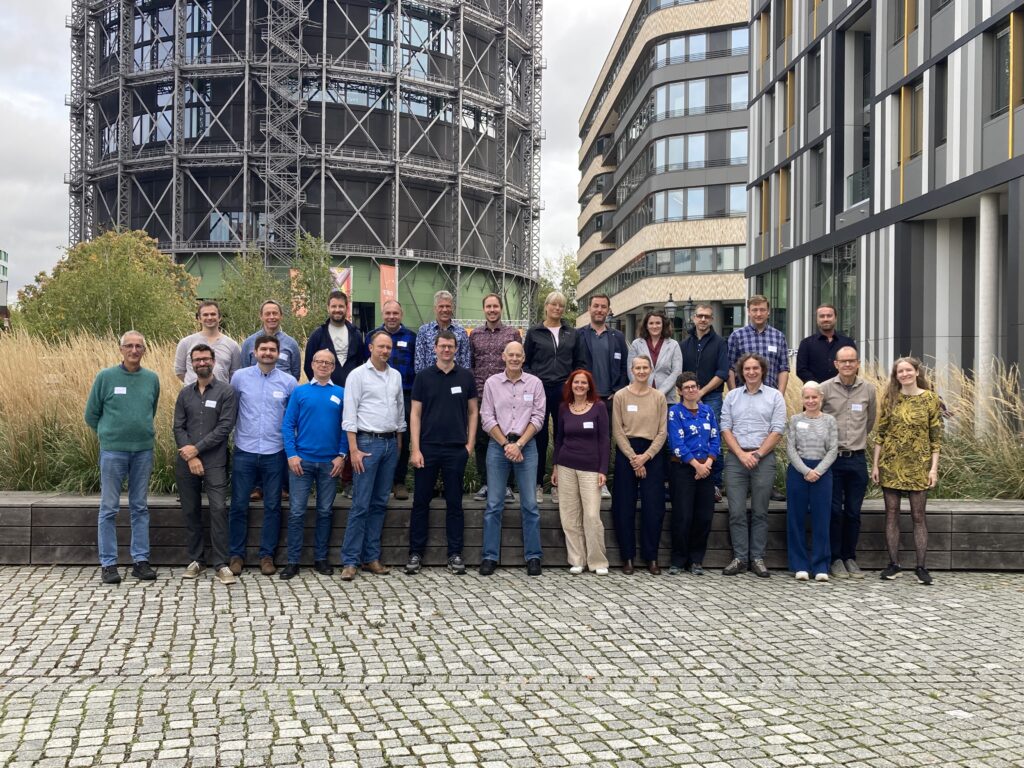
A team of the University of Vienna deployed a total of 140 seismic nodes along a 30 km passive seismic profile stretching from Bad Vöslau to Mattersburg.
The scientists use the seismic noise of the Earth to image the structure of the Vienna Basin, reaching depths of up to 4 km.
For more information, visit our Linkedin.

In May, GO-Forward members visited the second site for characterizing fractured geothermal systems. This time, the team visited Cornwall, England, for studying one of the UK's most promising fracture-based geothermal systems.
In addition to geological field work (with exceptionally great weather for Cornwall ) visits of the projects United Downs and Eden were on the agenda of the group led by colleagues of the British Geological Survey.
For more info and some impressions, visit our Linkedin.

In early February, GO-Forward members explored the stunning Island of Elba, Italy, to gather data on fractures from its fossil geothermal system, a valuable analogue for the Larderello geothermal system. This data will aid in improving fracture forward modelling methods developed in GO-Forward.
For more info, visit our Linkedin.

The GO-Forward project partners met at the Fraunhofer ENIQ in Berlin to set things in motion and start off this great project.

Funded by the European Union under the Horizon Europe programme (grant no. 101147618). Views and opinions expressed are however those of the author(s) only and do not necessarily reflect those of the European Union or CINEA. Neither the European Union nor CINEA can be held responsible for them.
© 2025 GO-Forward
To provide you with an optimal experience, we use technologies such as cookies to store and/or access device information. If you consent to these technologies, we may process data such as browsing behavior or unique IDs on this website. If you do not give or withdraw your consent, certain features and functions may be impaired.